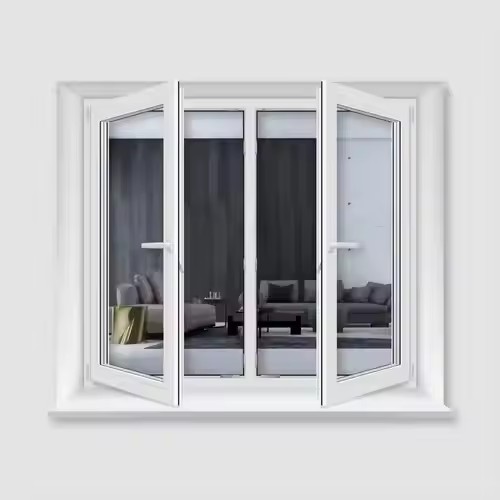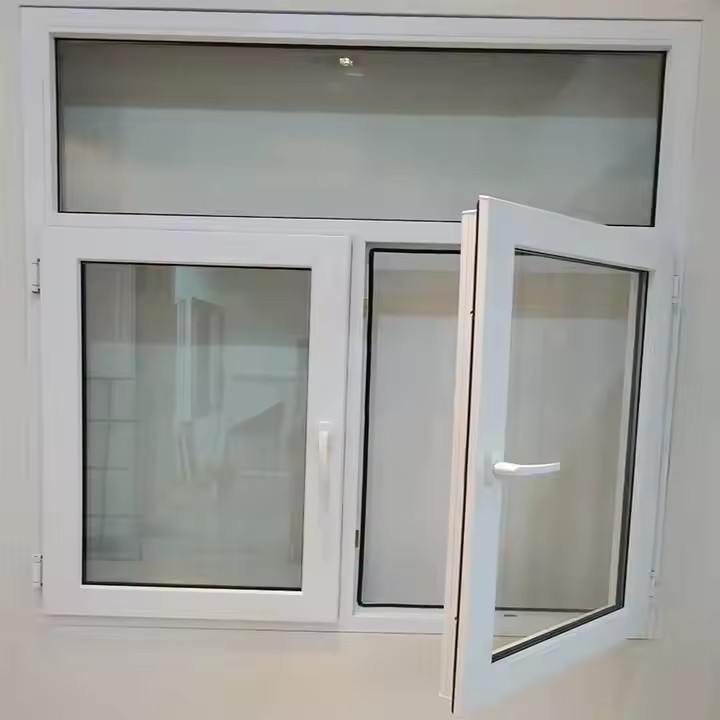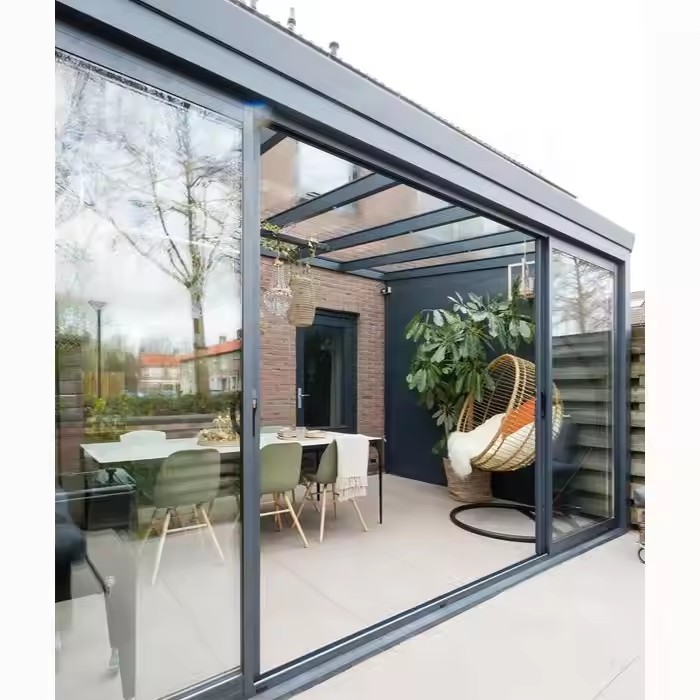- Prioritize Direct Sourcing from Production Areas to Reduce Middleman Costs
China’s door and window materials show a clear “production cluster effect.” Core raw materials such as aluminum, glass, and hardware are significantly cheaper in main production areas compared with non-production areas. Directly connecting with local suppliers helps eliminate distributor markups (usually 10%–20%), which is the key path to cost reduction.
- Identify Core Production Areas by Material Type
Aluminum:
First choice: Foshan, Guangdong (accounts for over 30% of China’s aluminum profile capacity, home to top brands such as Fenglü and Jianmei).
Shandong Linqu: distribution hub for low-end and engineering-use aluminum, 5%–8% cheaper than Foshan.
Nanchang, Jiangxi: central hub serving Central China, with lower logistics costs.
For orders over 50 tons, buyers can negotiate “custom mold + bulk purchase” directly with factories, saving another RMB 200–500 per ton.
Glass:
Float glass: Shahe, Hebei (the world’s largest float glass production base, raw glass 15% cheaper than coastal regions).
Zhongshan, Guangdong: strong in deep-processing glass (tempered, insulated).
Low-E glass: Shanghai and Suzhou (technologically advanced, bulk orders over 1000㎡ often exempt from processing fees).
Hardware:
Mid-to-high-end: Shunde, Guangdong (home to Kinlong, Hoppe, etc.), with 30–60 day payment terms for engineering projects.
Economic type: Wenzhou, Zhejiang (general hardware wholesale, 10%–15% cheaper than Shunde, suitable for small-scale retail orders).
- Practical Tips for Production-Area Procurement
Online price comparison first: Use platforms like HC360 and China Building Materials Network to request quotes (ensure details like “including/excluding freight” and “with/without invoice” are specified). Compare 3–5 suppliers, focusing on those with ISO9001 certification and a National Industrial Product Production License to avoid low-quality goods.
On-site inspection before placing big orders: For purchases over RMB 100,000, visit factories to check production scale (e.g., aluminum plants should have at least 5 extrusion lines) and stock availability (to avoid “futures orders” delaying projects). Negotiate a trial order + subsequent rebate, limiting the trial to 20% of total demand to test quality before scaling up.

- Choose the Right Channel by Purchase Volume to Balance “Price” and “Flexibility”
Different purchase scales (retail, project-level, factory-level) correspond to different optimal channels. Blindly choosing big channels may lead to “small orders not getting good prices” or “large orders becoming fragmented, raising costs.”
- Small-Batch Purchases (home renovation, small workshops):
Local building material markets: Suitable for orders under RMB 50,000. Advantages: immediate pickup + convenient after-sales service (e.g., damaged glass can be replaced on the spot). Compare multiple shops before bargaining. For example, when buying thermal-break aluminum, request “free sealing strips + sample hardware.” Choose long-standing vendors (5+ years) over temporary stalls to ensure after-sales support.
Wholesale e-commerce platforms: 1688 (Alibaba Wholesale) is ideal for hardware, sealants, and small materials. Advantages: transparent pricing + small-quantity wholesale (e.g., hardware from 10 sets, 8%–12% cheaper than offline). Choose “verified manufacturers,” specify compliance with national standards (e.g., GB/T 39529-2020 for hardware), and request samples for quality confirmation.
- Medium-Batch Purchases (SME renovation firms, door/window shops):
Regional distributors: Connect with provincial/city-level distributors of branded materials. Orders worth RMB 50,000–500,000 usually get distributor discounts (15%–20% below retail) plus on-demand delivery (3–4 batches to reduce inventory pressure). Sign contracts clarifying quality standards, delivery cycles, and after-sales liability.
Industry collective procurement platforms: Join alliances like China Door & Window Supply Chain Procurement Platform or Youcai Platform to cut costs via group orders. For example, 10 shops jointly ordering 5,000㎡ of glass can demand “RMB 300/ton discount + free shipping.” Some platforms also offer supply chain financing to ease cash flow.
- Large-Batch Purchases (real estate projects, large factories):
Direct factory agreements: For orders above RMB 500,000, sign annual procurement contracts with material manufacturers, specifying minimum purchase volume + tiered pricing (e.g., >1000 tons of aluminum = 3% discount; >2000 tons = 5% discount). Negotiate payment terms like 30% upfront + 70% after acceptance to reduce risk.

Joint procurement (engineering): Real estate developers or general contractors can bundle orders. For example, 3 residential projects jointly ordering 100,000+ sets of hardware can demand custom logos + packaging and enjoy 8%–15% cost savings compared to individual procurement.
- Leverage Procurement Timing to Reduce Costs by 5%–10%
Door and window material prices fluctuate significantly with raw material volatility and seasonal demand. Choosing the right timing—aligning with industry off-seasons or promotional campaigns—can save an additional 5%–10%.

